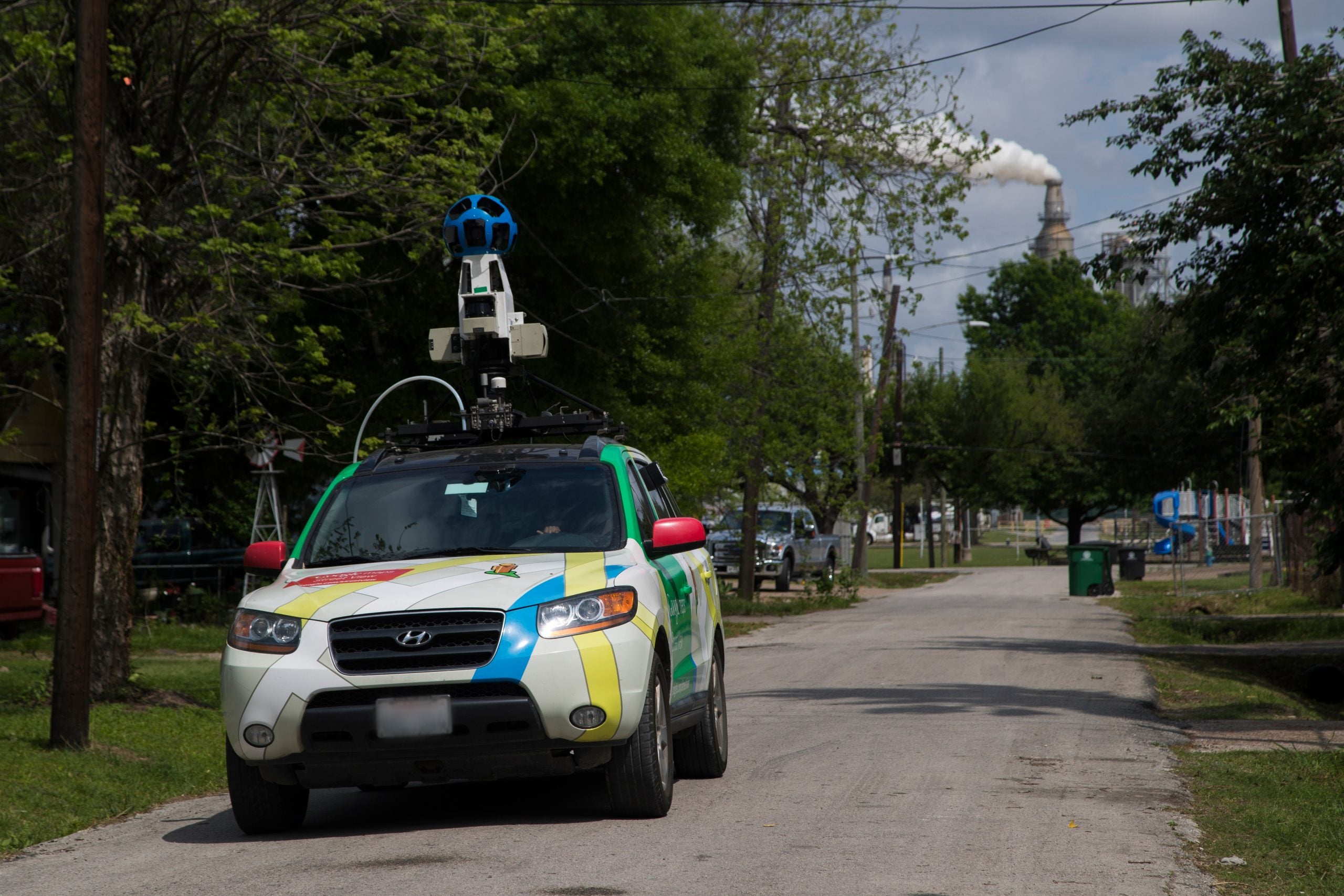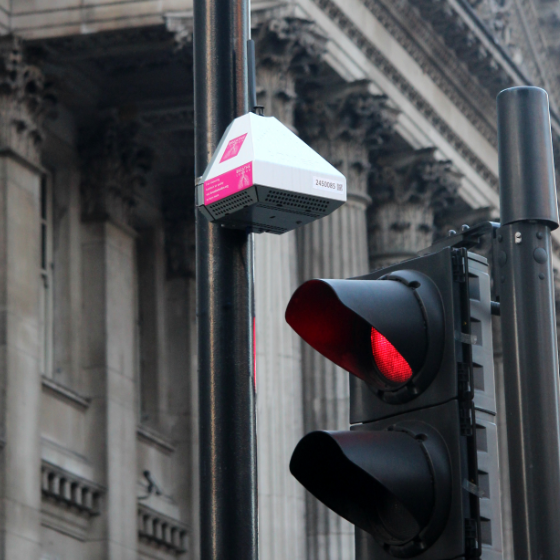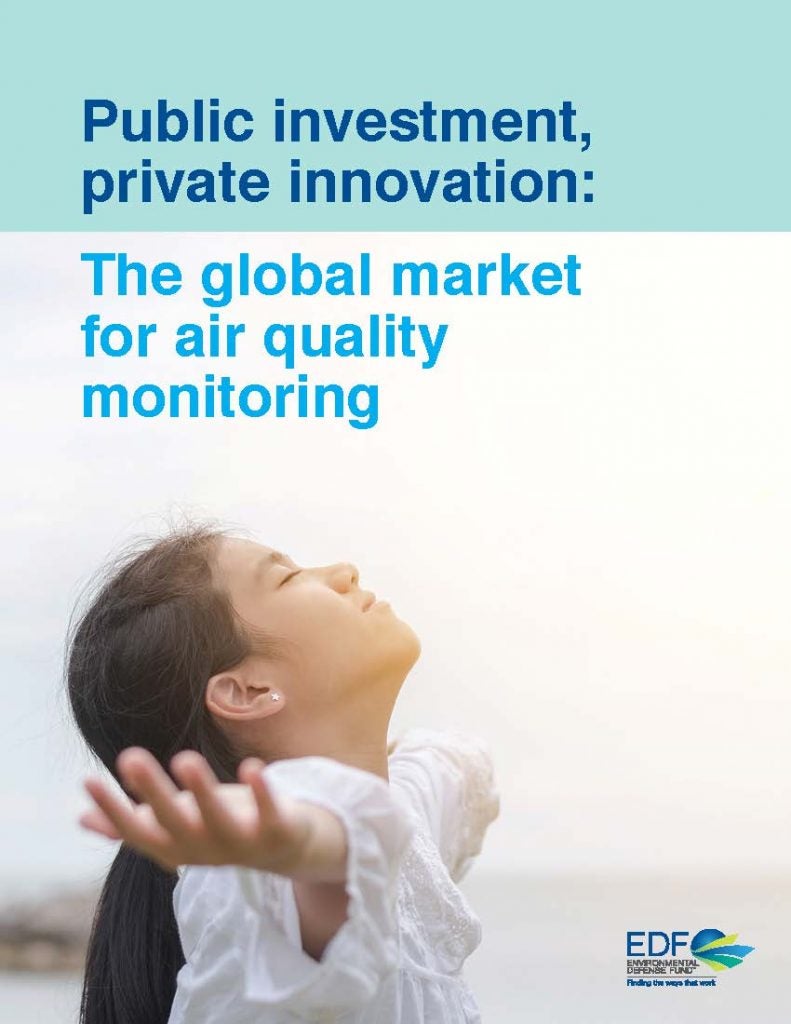Hyperlocal Monitoring
EDF and partners like Google are gathering pollution data at street level, where people breathe.
Air pollution varies dramatically — new technology helps us see it
Watch this 3-minute video about hyperlocal mapping air pollution. For more information about stationary versus hyperlocal monitors, download our guide and watch an in-depth video here.
EDF’s pioneering work with Google Earth Outreach in Oakland, California showed levels of air pollution can vary by up to eight times within one city block. Living in areas with the most elevated levels increased heart attack risk in the elderly by 40%, similar to a history of smoking. New monitoring methods are helping us see where — and when — pollution is at its worst.
Mobile monitors pinpoint hotspots
EDF and partners like Google have conducted a range of studies, outfitting Street View cars with air quality sensors that gather pollution data every few yards where people breathe. By taking measurements for several months, we can see hotspots at specific locations. This method shows us just how much pollution can vary over short distances, something background monitors and models miss.
We first piloted this technique in Oakland, California then took it to Houston, Texas, London, England and Salt Lake City, Utah. EDF is now expanding our work to cities around the globe, working with partners to leverage new technologies like mobile and lower-cost sensor networks to strengthen air pollution knowledge and empower action on the ground.

Stationary monitor networks show spikes over time
Lower-cost stationary monitors that run continuously are also shedding light on pollution. By connecting them in dense networks, we can see not only where pollution spikes but also at what time of day. This proves how things like traffic and industrial activity can impact the air in neighborhoods at specific intersections or even near parks. In London, these data provide insight into local sources of pollution, allowing residents, policymakers, advocates and community organizers to demand action.

-

Global Market for New Technologies
Download NowEntrepreneurs and technology innovators can play a role in solving air pollution challenges across the globe by investing in the growing market for sensor technologies.
New opportunities emerge
Organizations are finding new ways to use new and existing technologies to expand air pollution data. A recent EDF pilot showed that by combining mobile air quality sensors with telematics technologies, city fleet vehicles could measure pollution without ever changing their existing routes. And wearable sensors — especially when worn in large numbers within a specific metro area — can provide critical data along regular commuting routes.
Actionable data for meaningful solutions
By combining this information with data from stationary monitors, cities, public health workers and residents can advocate for simple changes — like rerouting truck traffic or altering the timing of stoplights — to reduce pollution.
Cities could take even more ambitious actions, like enacting anti-idling rules, instituting low- or zero-emission zones or rezoning areas that attract high numbers of trucks. It can help officials and advocates more efficiently target violators of pollution rules, leading to the installation of additional monitors near hotspots. Real-time data can even assist residents in choosing the least polluted walk to work or school.
